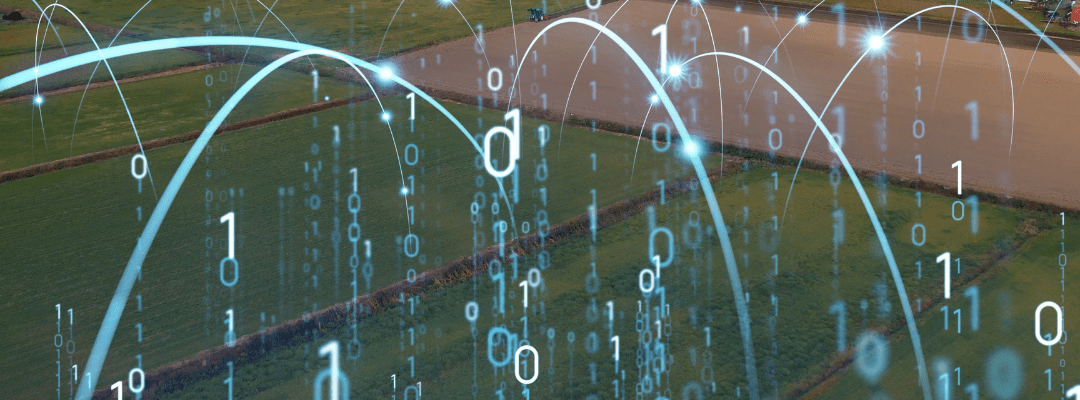Picture this, you’re being told a story about a topic that is essentially foreign to you and the person telling it makes the assumption that you know exactly what they’re saying. So, with this assumption, they begin skipping critical pieces of information and skip to the big event, leaving you confused on how you got there. When you’re hearing this story for the first time, you’re eager for the extra details here and there to fill any gaps.
While they may think you are only interested in the focal point of the story, you are left confused and needing more information for it to truly make sense. Well, just as any other story, telling the story of your growing season requires that extra meat to truly get the full picture. Whether to answer a research question or to prove product efficacy, using data captured throughout the season beyond what was originally intended can unlock deeper insights into performance.
This is where supplemental data comes into play. While you may not be directly looking for certain data, you get it unintentionally and are able to uncover even more insights that help to support your findings.
What is Supplemental Data?
When flying a drone to capture aerial imagery, you likely have one objective. Maybe you want a clear count of plants in your plots. Or, you might be interested in understanding what canopy cover looks like at a particular point in the season. Perhaps you are measuring crop health and interested in knowing how it compares over time.
Using manual methods to capture these data points means that you can only get the data that you intend – mostly because of the amount of time that it takes to capture the information, as well as budget constraints.
But, when you fly a drone and capture an aerial image – it unlocks a plethora of data that previously wasn’t available. For one, you have access to the original image. Whether RGB or multispectral imagery, this image tells a story. Once you stitch it together to create a mosaic, you get a broader perspective of what’s happening across your plots of field – rather than in a small area showcased by one image.
And, when you leverage this imagery to generate analytics via an advanced data science ecosystem, it unlocks more measurements than you may ever thought possible.
This is often referred to as supplemental data; the extra data that may not answer that research question or be what you were aiming to get to prove product efficacy. And, when gathering this type of data via remote sensing, it allows you to further define the information you are looking for.
Let’s say you are leveraging Stand Count analytics to get a count of how many plants emerged, there still begs the question: how many were supposed to emerge? With Stand Count, you can also get the CoV to better understand the number of plants that were supposed to emerge vs. how many actually did. And this goes for nearly all of our data analytics.
How Do You Get Supplemental Data?
Drone technology has opened the door for more efficient and effective data collection for ag research and product development. Through this innovation we have been able to unlock otherwise undetectable insights into our fields and research plots. As mentioned earlier in this blog, there are a few different outputs of capturing aerial imagery – and each provides more insight into performance in your plots and fields.
RGB or Multispectral Imagery allows 100% coverage of your plots and fields, opening the door for more expansive data capture. Whether it be RGB or multispectral imagery, you’re about to collect more data, faster without sacrificing data quality.
Orthomosaic maps captures a field or plot in it’s entirety, ensuring 100% aerial coverage, opening the door for easier comparison and visualization into performance.
Plant-level Measurements and Insights unlock a detailed story into your season, breaking down crop performance, health, and growth. Getting plant-level measurements and insights at the field-edge provides the opportunity for quick acting decision making and timely validation into performance.
The Advantage of Supplemental Data
Supplemental data is like a bonus layer of information about your fields, plots, plants, and anything else you may be monitoring.
And the best part? When you generate it via drone technology, it often means it can be completed with no extra work. Fly the plots and fields as planned and see the additional data points that come back to support your findings – whether it’s to advance the topic in a research paper, leverage it as proof points in sales and marketing, or expand product efficacy claims.


